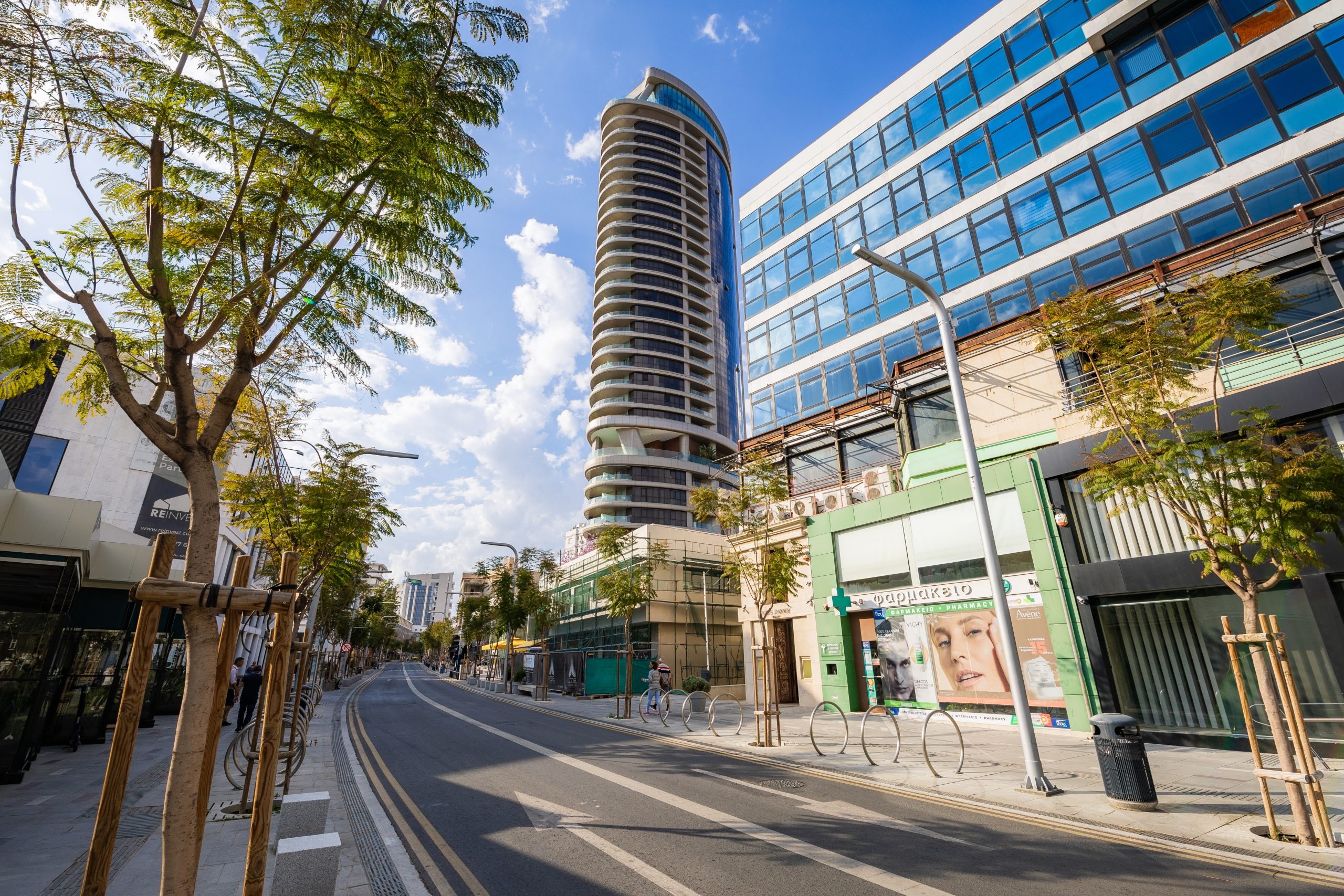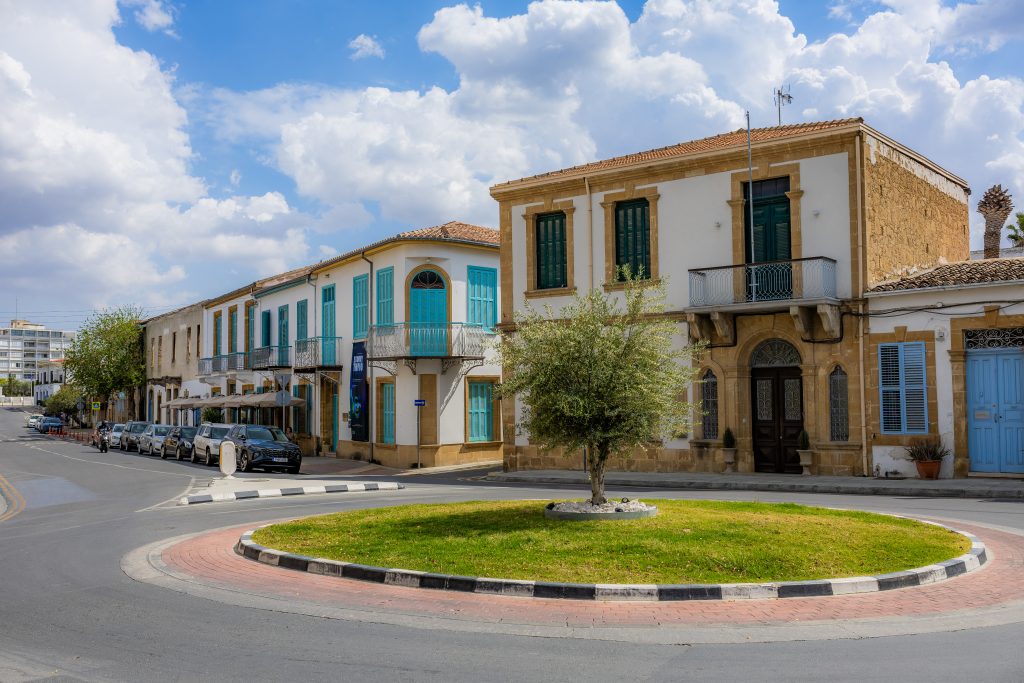
Nicosia, recognized as the world’s last divided capital and proudly referred to as the “Brightest Capital of Europe,” offers the inquisitive traveler a vibrant array of experiences beneath more than three hundred days of sunshine annually. Situated at the heart of the island, this city, which beautifully blends the ancient with the modern, presents a harmonious dialogue between different times: medieval Venetian fortifications surround contemporary glass skyscrapers, Ottoman inns host trendy cafés, and the echoes of Byzantine chants intertwine with the rhythms of nightlife. In just a few relaxing days, tourists can sample centuries of heritage, indulge in award-winning drinks, and bike along a scenic riverside pathway—all while remaining close to the historic city walls.
Entering through Famagusta Gate, it feels as though the past converges. Cobblestone streets unfurl like threads from a loom, unveiling Gothic churches transformed into mosques, neoclassical residences evolved into museums, and stone-arched workshops where coppersmiths continue to elicit brilliance from beaten metal.
The vibrant heritage of Lefkosia—Nicosia’s name in Greek—thrives within this small walled area: the Leventis Municipal Museum juxtaposes ancient pottery with colonial postcards; the Cyprus Museum captivates with terracotta figures and votive sculptures from the Bronze Age; and NiMAC, located in a repurposed power station, showcases innovative installations that engage in Europe’s contemporary art discourse. Even the modern core of the city, Eleftheria Square—designed by Zaha Hadid with its flowing concrete and steel structure—retains a connection to the moat that it now bridges.
This same creative spirit extends beyond the confines of galleries. Nicosia has earned its designation as a Creative Friendly Destination because local artisans prioritize the artistic process alongside the final product. In the revitalized areas like Chrysaliniotissa, artists such as painters, potters, and printmakers welcome visitors to observe, engage in conversation, and sometimes get their hands dirty with clay. Five distinct walking tours—the Walled City, Archaeological, Museum, Religion, and Architecture routes—interweave these narratives, led by storytellers who vividly recall lost empires, crusaders, and innovative architects. Whether wandering along the star-shaped Venetian fortifications or appreciating Jean Nouvel’s towering “Tower 25,” visitors come to grasp that Nicosia’s character is one of constant transformation.
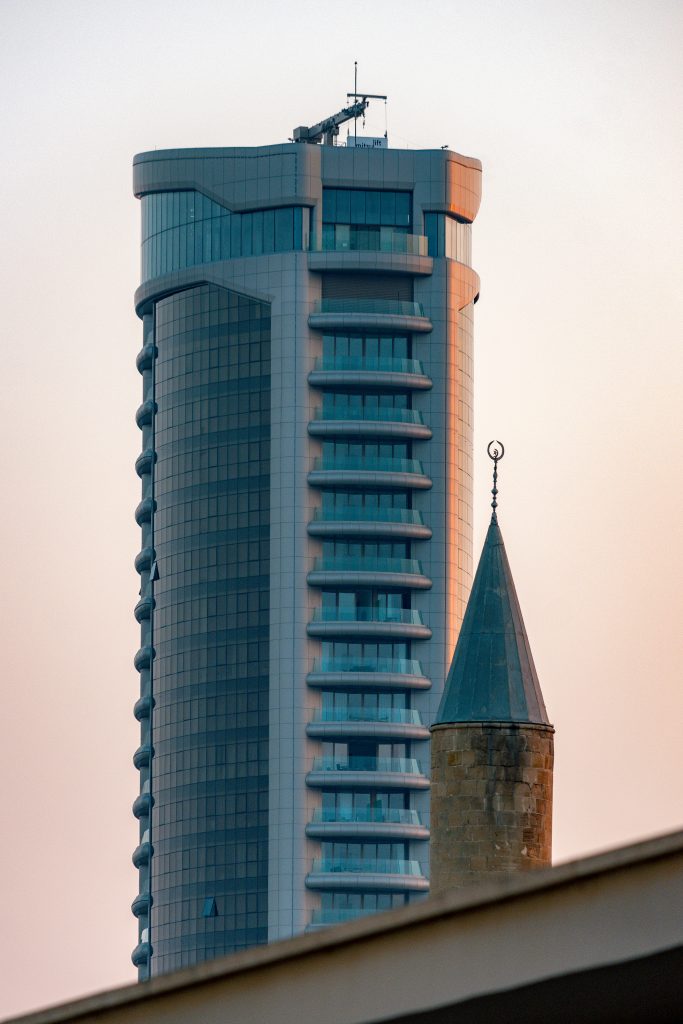
Culture here is as much a part of the palate as it is of the sights. Recently, the city was honored as the first European capital to receive the Culinary Capital title from the World Food Travel Association, and the “Taste Nicosia” initiative encourages everyone to indulge. Breakfast may start at Tria Fanaria with a Cyprus coffee made on hot sand and a warm cheese pie that crumbles like sunshine.
By mid-morning, the enticing scent of buttery pastries wafts from Hurricane Confectionery, where trays of almond croissants and koulouri vanish as swiftly as they appear. Lunchtime features meze: a spread of clay dishes filled with smoky tahini, grilled sheftalia sausages, herb-infused halloumi, and a tomato salad drizzled with pomegranate molasses, served family-style at Matthaios Restaurant or St. George Tavern. As evening arrives, culinary innovation takes center stage: Tocayo combines ceviche with Cypriot citrus while Latin music plays; Tonantzin wraps Aztec blue corn tortillas; and The African House simmers West African spices beneath medieval arches. What to sip? Sample a Brandy Sour—the island’s signature drink originally crafted for King
Farouk of Egypt—or enjoy a brew from BrewFellas, where local micro-malts carry hints of carob pods and citrus zest.
When night falls, Nicosia remains vibrant. Rooftop bars glisten above the ancient walls, jazz melodies flow from secluded courtyards, and international DJs transform the moat into an open-air dance venue during summertime celebrations. Weekends bring spontaneous film screenings, urban arts festivals, and the Cyprus Cocktail Festival, while December turns the capital into a labyrinth of illuminated markets filled with the aroma of cinnamon-infused soutzoukos. Whether you’re raising a glass at Lost & Found—regularly listed among the top bars globally—or watching a Greek tragedy at the contemporary amphitheater of Skali Aglantzias, you’ll encounter a city that values engagement over mere spectacle: audiences drift onto the stage, chefs appear at your table, and locals will almost always urge you to be part of the experience.
The brilliance of Nicosia extends beyond its historical sites and culinary offerings; it emanates from its intellectual community. As the academic hub of Cyprus, the city is home to four universities and numerous research institutions, attracting a diverse array of international students annually. In this vibrant environment, education flourishes hand in hand with cultural experiences. Contemporary libraries, public lectures, Erasmus programs, and student festivals contribute to a lively atmosphere infused with youth and global connections. Within any café or bookstore, you might catch snippets of conversation in Greek, English, Arabic, or Russian—serving as a reminder that both knowledge and travel transcend borders. Universities work together with local organizations and European networks, transforming the capital into a breeding ground for innovative ideas and research.
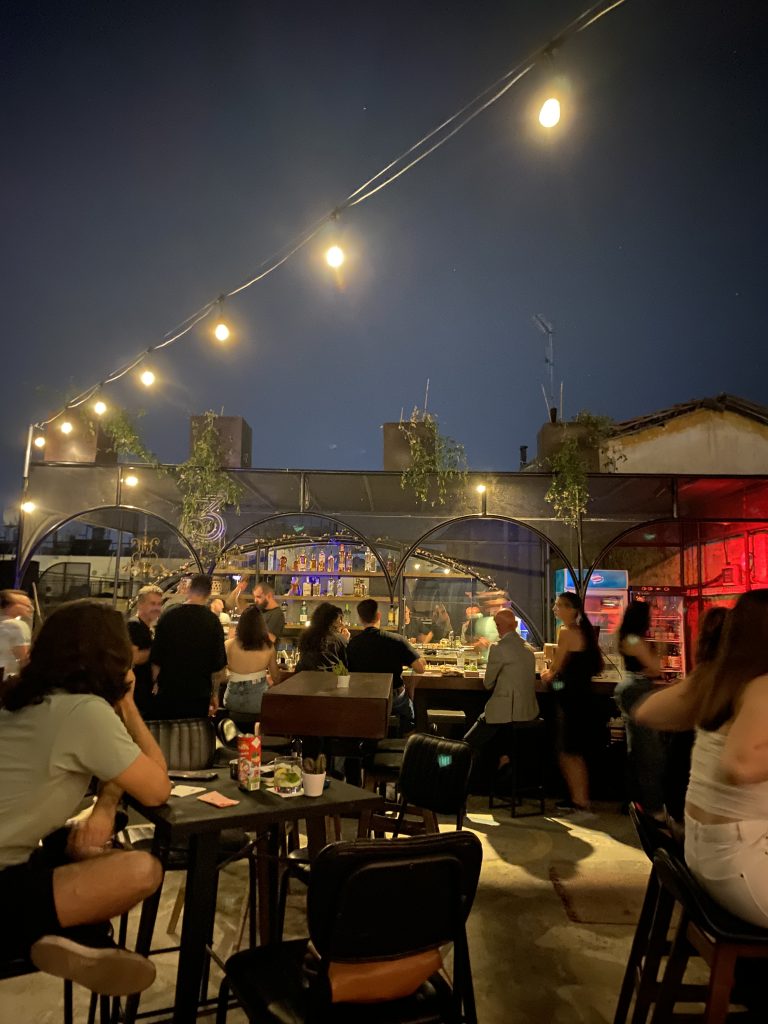
This spirit of internationalism is no coincidence. Nicosia is positioned at the intersection of three continents—Europe, Asia, and Africa—rendering it a natural hub for travellers, artists, entrepreneurs, and thinkers. Its central location facilitates easy exploration throughout the island, yet its real strength lies in its inclusivity. In its cuisine, religions, and celebrations, Nicosia embraces diversity not as something unusual but as a standard practice. It’s a place where a Latin American meal could conclude with Cypriot loukoumia, and where Gothic, Islamic, and Modernist structures stand side by side within mere city blocks. As boundaries diminish and identities merge, Nicosia provides not only a glimpse into Cyprus but also a reflection of our collective, intricate, and interconnected reality.
For a perfect balance, daylight hours offer effortless getaways. The lush Pedieos River Path winds along nearly twelve kilometers, ideal for cycling or a leisurely “siga-siga” stroll with breaks for espresso. Just beyond the city limits, sandstone villages line the buffer zone, their courtyards vibrant with bougainvillea blooms. A thirty-minute drive to the south reveals the shimmering salt lakes of Larnaca, home to migrating flamingos; an hour to the north takes you into the foothills of Troodos, where trails scented with pine wind past chapels adorned with Byzantine frescoes. However, the true allure of staying in Nicosia lies not in how far you can explore, but in the richness of your returns: sunsets cast a warm glow over Ledra Street, Onasagorou or Stasikratous cafés, while the ancient walls shimmer in honey-gold, forming a protective embrace around the contemporary city.
Nicosia’s tourism board selected a doorway as its symbol, combining the Latin “n” with the Greek “λ.” This serves as an accurate metaphor. Each street, gallery, taverna, and university laboratory acts as an open gateway—welcoming you to move from curiosity to connection. Enter, and you’ll discover a capital that both studies and celebrates, that transforms history into the tastes of the future, and that always keeps the lights on for new possibilities.
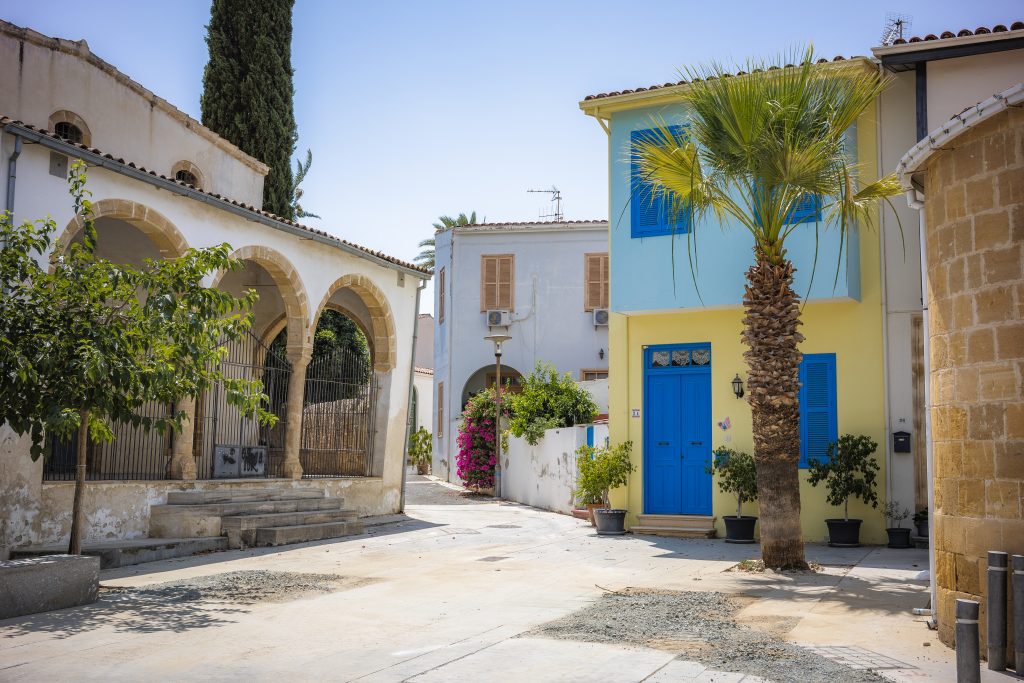
To plan your own crossing, download the Taste Nicosia brochure or browse upcoming festivals, guided tours, and insider tips at Visit Nicosia (www.visitnicosia.com.cy). Then follow the aroma of fresh coffee, the echo of church bells, or the syncopated beat of a late-night DJ—and let the brightest capital in Europe illuminate your path.



